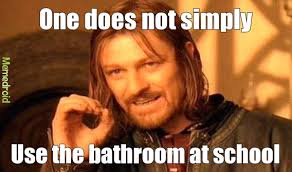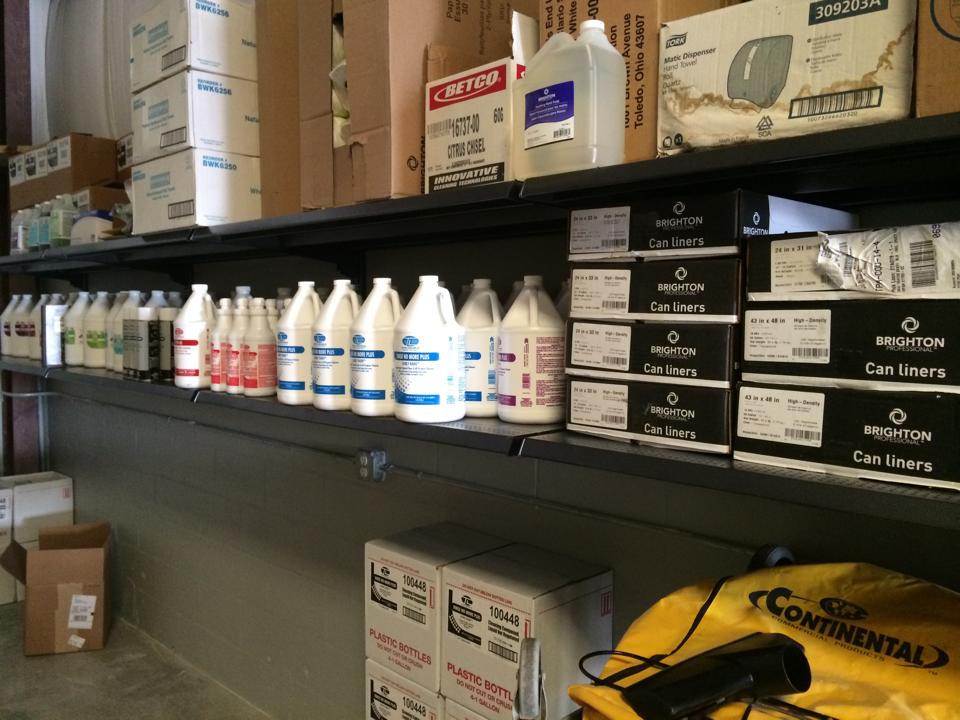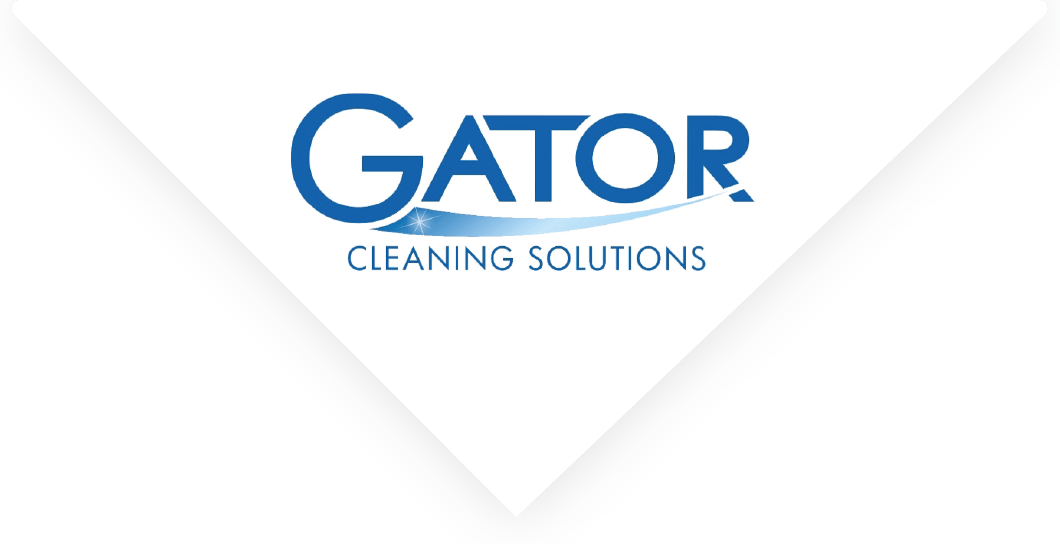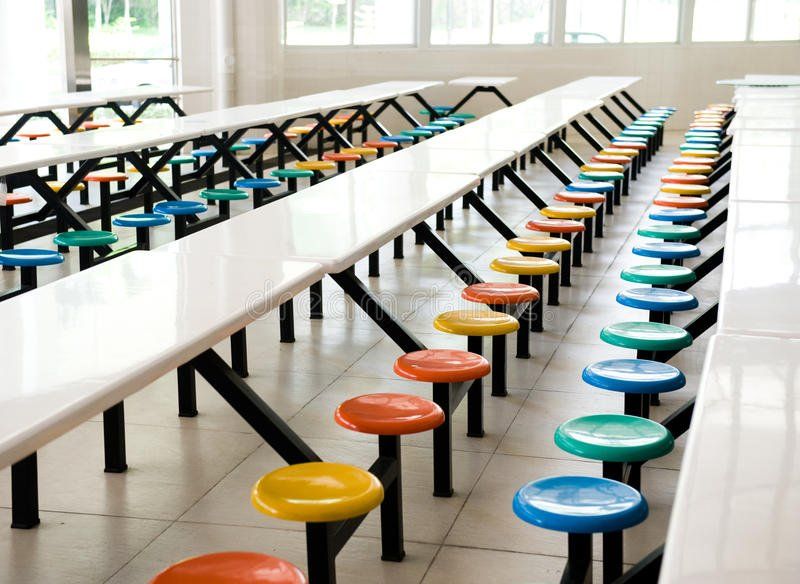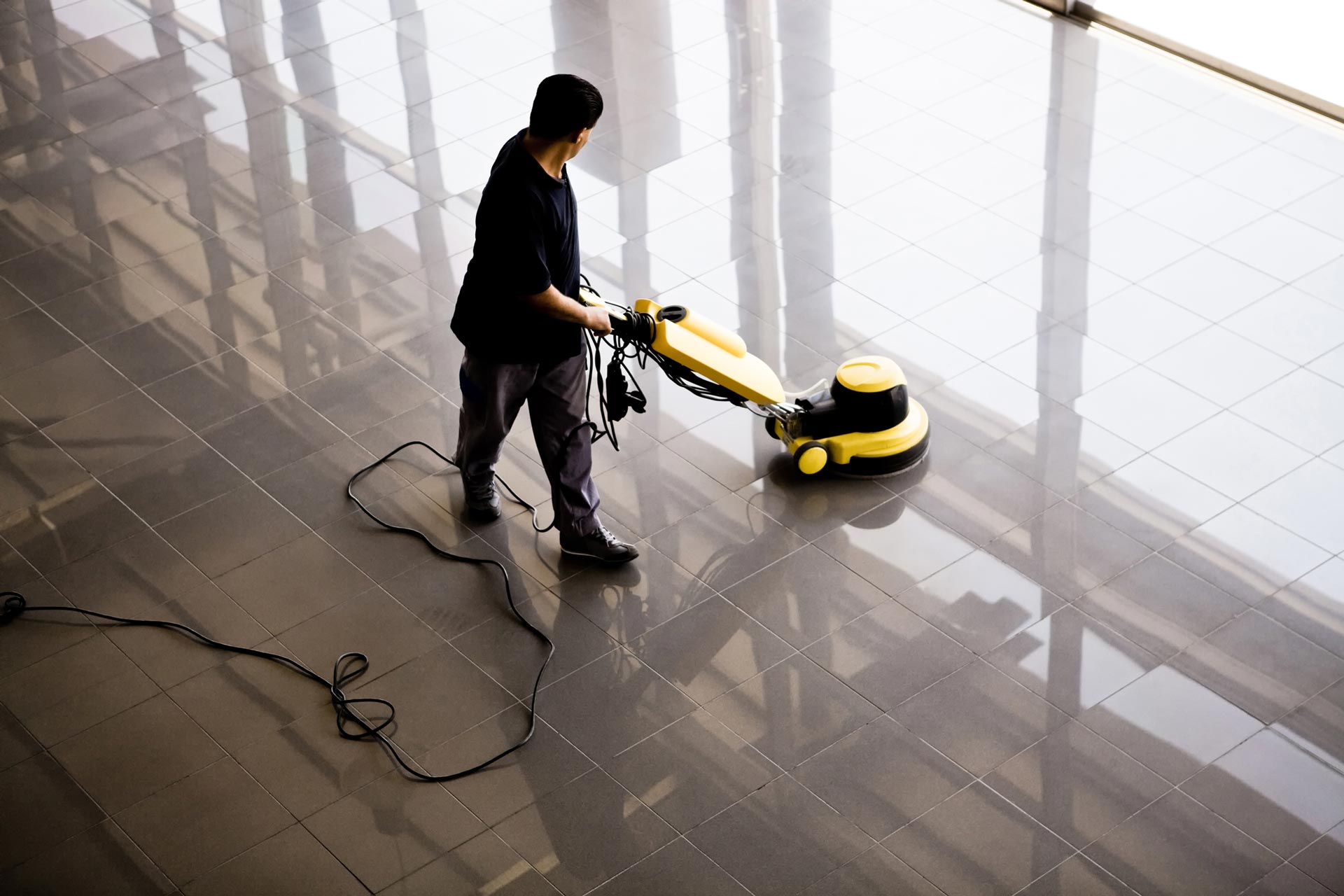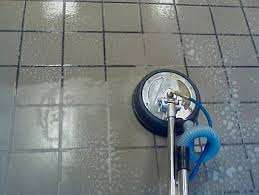Main Line (Mon-Fri 9 a.m. - 5 p.m.): 813-929-1122
After Hours Line (After 5 p.m.): 727-410-1352
Medical Office Cleaning – Factors to Keep in Mind
 It is no secret that one of the most difficult environments to manage is a medical facility due to the critical nature of each element of facility management. With unlimited areas of risk and potential contamination it is extremely important for administration to partner with Cleaning Service contractors that are familiar with critical environments and have a significant amount of experience working side by side with environmental services, infection control, and safety officers.
It is no secret that one of the most difficult environments to manage is a medical facility due to the critical nature of each element of facility management. With unlimited areas of risk and potential contamination it is extremely important for administration to partner with Cleaning Service contractors that are familiar with critical environments and have a significant amount of experience working side by side with environmental services, infection control, and safety officers.
Top 5 Factors in creating a successful partnership with your Cleaning Contractor
Involve Different Disciplines
This can be beneficial for a number of reasons to include, expert opinion on CDC protocols, HICPAC (Healthcare Infection Control Practices Advisory Committee) and ensure compliance from every department. It also can help with identifying specific pathogens that your environment is currently struggling to control. A comprehensive approach can help assess risk for particular areas and help identify solutions to reduce overall risk.
Categorize your Cleaning Surfaces
When creating your protocol is is important to identify the two different types of surfaces to be cleaned in each area. This is determined primarily by exposure and touch frequency. List items that need to be cleaned frequently and then those that need to be cleaned less frequently. This is also a way to determine workload and cost allocation.
| Less Frequently | More Frequently |
| Door Knobs in patient room | Walls |
| Bed Railing | Window Sills |
| Tray Tables | Curtains |
| Light switches | Lights |
| Chairs | Ventilation Grills |
| Telephones | Floors |
| Remotes | |
| Call Buttons | |
| Patient Bathrooms |
 Outline What to Clean and How to Clean it
Outline What to Clean and How to Clean it
Back to the fundamentals of cleaning is what this factor really is all about! Like any good standard operating procedure (SOP) detail is key. Utilize manufacturer guidelines on specific products as they have been made to provide evidence of it’s effectiveness through product testing. That means looks at dwell times and how to prepare the product for use. Keep in mind that the old wives’ tale of putting some elbow grease into it rings particularly true in a medical environment. In fact, the Association for Professionals in Infection Control and Epidemiology (APIC) states that organizations should note the use of friction when cleaning debris and visible grime is extremely important. They go on to say that the degree in scrubbing may be the most critical factor in determining whether cleaning and disinfecting are ultimately effective. 1 All soil must be removed from the area before disinfection can be established.
Determine Cleaning Schedules
Designing a cleaning schedule should include all internal staff, external service providers and the management team. Keep in mind that these schedules should be dependent on the need of that particular area. For example, accounting and billing may need a weekly cleaning depending on traffic however patient rooms should be cleaned minimally each day and procedure rooms should be cleaned between each patient. Internal staff should be used to maintain an area throughout the day and if large enough an environmental services department usually has overall responsibility however many facilities are moving to an outsourced system to increase accountability, reduce costs and manage personnel. Whichever system is right for your organization, the schedule should reflect the nature of the environment and all staff should be fully aware of the frequency and protocols.
Measure Effectiveness Routinely
This doesn’t mean having to necessarily establish a complete infection control of safety officer if your facility doesn’t warrant that level of oversight however it is always prudent to schedule a time weekly, monthly or quarterly to determine if the cleaning is to the standards you and your team have established. If not then why? or Who? is not following the SOP. This is also a time to look at the effectiveness of the schedules and products or if there are additional facility services needed in order to keep the environment safe. This could include strip and waxing VCT flooring, Tile and Grout scrub and seal or windows to be cleaned and pressure washing the front entrance to prevent tracking debris into the facility. The point is that your facility is a large responsibility and has direct impact of the success of patient care and the overall impression of your organization. It is no coincidence that JACHO, the CDC and other governing organizations point to cleaning as a critical measurement.
officer if your facility doesn’t warrant that level of oversight however it is always prudent to schedule a time weekly, monthly or quarterly to determine if the cleaning is to the standards you and your team have established. If not then why? or Who? is not following the SOP. This is also a time to look at the effectiveness of the schedules and products or if there are additional facility services needed in order to keep the environment safe. This could include strip and waxing VCT flooring, Tile and Grout scrub and seal or windows to be cleaned and pressure washing the front entrance to prevent tracking debris into the facility. The point is that your facility is a large responsibility and has direct impact of the success of patient care and the overall impression of your organization. It is no coincidence that JACHO, the CDC and other governing organizations point to cleaning as a critical measurement.
If you would like to supplement your current staff, outsource completely or change your service, try giving Gator Cleaning Solutions a call for a no obligation custom cleaning quote. We have been partnering with medical facility managers and environmental services management for nearly a decade to provide a comprehensive solution to medical office cleaning. 813-929-1122.
The post Medical Office Cleaning – Factors to Keep in Mind appeared first on Gator Cleaning Solutions.
